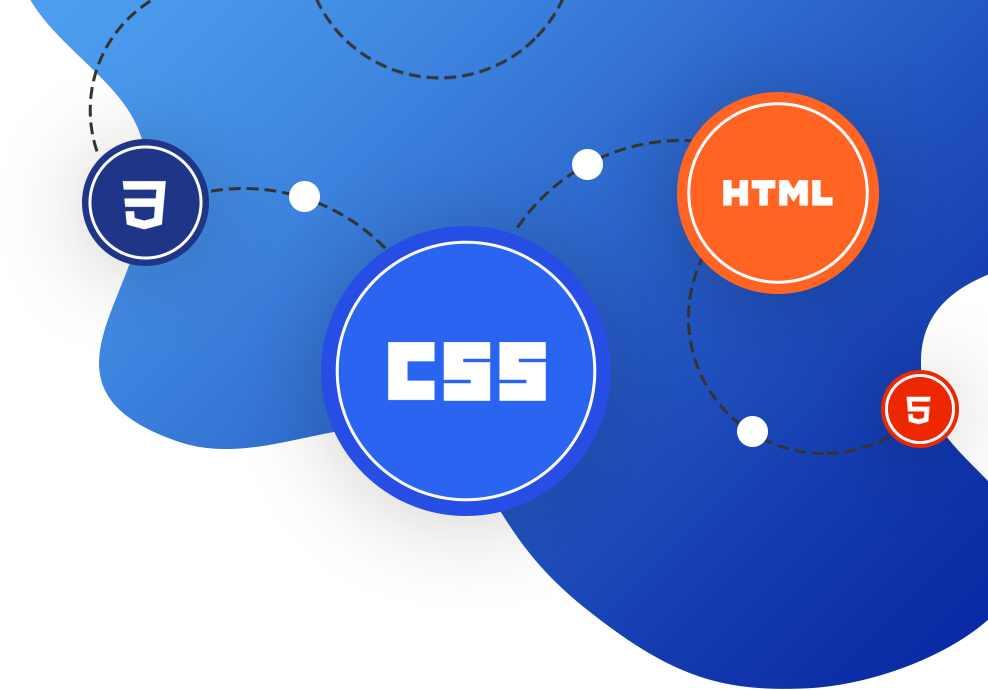CSS - Cascading Style Sheets
CSS is a shortcut for "Cascading Style Sheet" and it is used to define styles that determine the look of HTML elements (font, colours, backgrounds, space...).
Those styles are added to "Style Sheets", extern files with .css extension or simply write in the heather of HTML documents, or even inline, directly on the elements.
Extern styles are the best because they save your working time, and redesigning HTML document time.
CSS was originally created in W3C, and it showed up together with HTML 4.0 as a solution for a problem in separation of page content from design.
HTML was imagined to take care just for the content - it was supposed to show only paragraphs, tables, headings, etc. The appearance was covered by browsers.
But, many browser creators started adding additional HTML tags (such as font tag and colour attribute) to original HTML, many developers found themselves difficult to create their own pages.
HTML i CSS standards
In order to keep everything working, World Wide Web Consortium (W3C) - non profitable organisation (which is responsible for HTML standardisation as an addition to HTML 4.0) created STYLES.
In that time, Netscape 4.0 and Internet Explorer 4.0 supported all styles.
A lot of people consider the coming of CSS as a turning point that gave developers a chance to control styles and the appearance of more HTML pages at once. Today, a developer can define a style for an element and use it in whatever a number of pages they want.
The Impact of CSS on Web Design
The introduction of CSS marked a significant milestone in the evolution of web design, empowering developers to create visually stunning and functionally robust websites.
By separating content from presentation, CSS facilitated greater flexibility and control in styling HTML elements, enabling developers to achieve more sophisticated and dynamic designs.
Enhanced Flexibility and Customization
CSS provides developers with a wide range of styling options, allowing for precise control over typography, layout, colors, and other design elements.
This flexibility enables developers to create unique and personalized web experiences tailored to the specific needs and preferences of their target audience.
Future Trends in CSS Development
As web technologies continue to evolve, CSS development is poised to undergo further advancements and innovations. Emerging trends such as CSS Grid Layout, Flexbox, and CSS Custom Properties are reshaping the landscape of web design, offering new possibilities for layout and styling.
Additionally, the increasing emphasis on responsive design and mobile optimization is driving the adoption of CSS frameworks and methodologies that prioritize flexibility and scalability across different devices and screen sizes.
